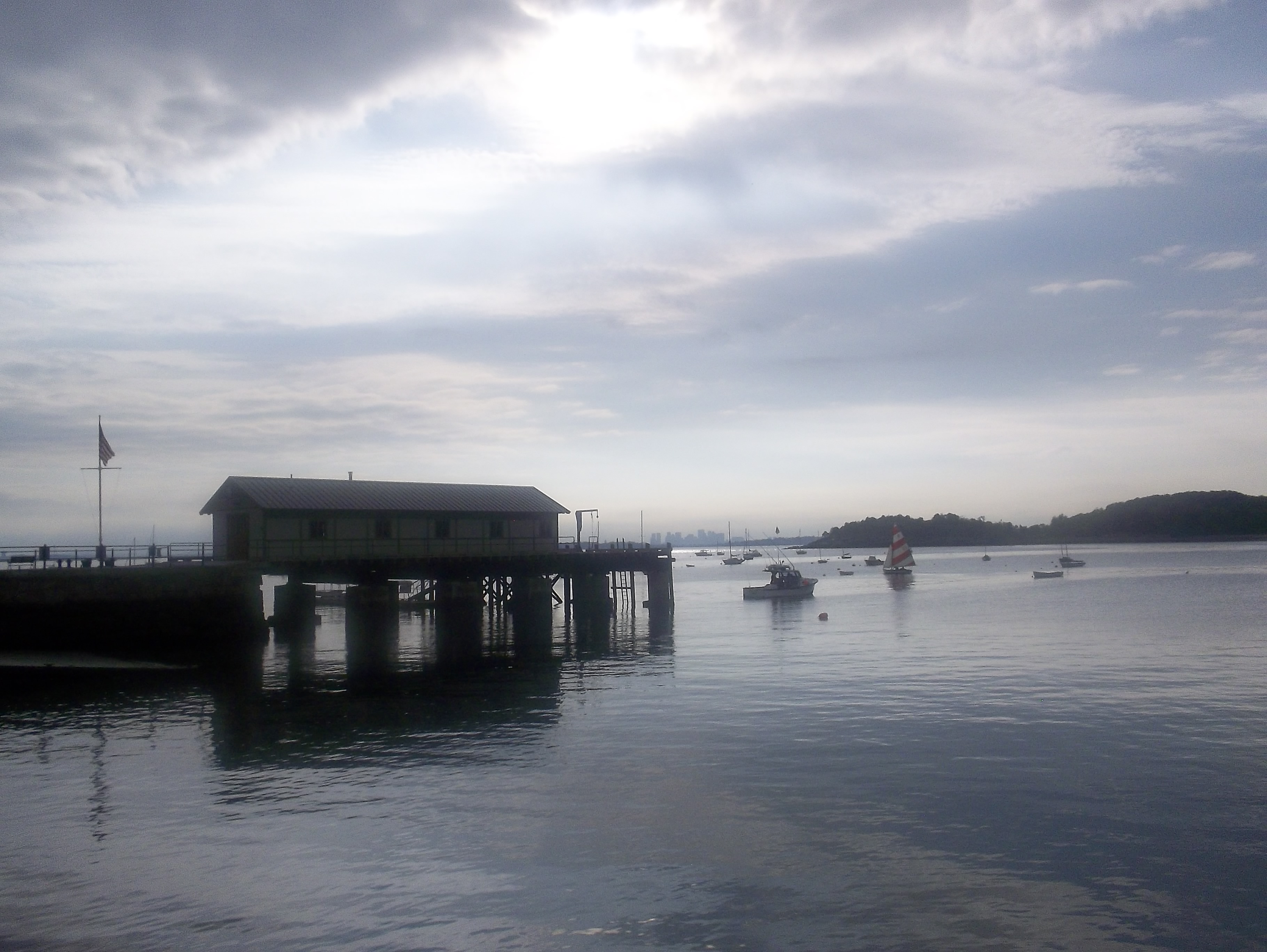By Valerie Perini
As the human population continues to grow, our propensity to settle along and develop coastal areas is ever increasing, resulting in accelerated coastal habitat loss and degradation. Shoreline hardening, such as building seawalls, jetties, and other concrete structures, is one byproduct of development, and despite the aim to protect coastal structures, this armoring can actually result in accelerated erosion and loss of beach and wetland habitat. To better understand the cumulative environmental impacts of shoreline hardening, MSC postdoctoral researcher Rachel Gittman, has recently published a study quantifying the current and projected frequency of shoreline hardening in the United States.
In the study, which recently appeared in Frontiers in Ecology and the Environment, Gittman and colleagues provide the first estimate of total shoreline hardening in the U.S. and predict how future hardening may impact marine habitats. Analysis by the researchers indicates that about 14% of the total U.S. coastline has been armored, and wetland shorelines in South Atlantic and Gulf of Mexico may be most at risk of degradation due to future hardening. Further, the authors indicate that important socioeconomic and physical factors are positively related to shoreline hardening, including housing density, gross domestic product, and storm frequency; as these factors increase, so does the frequency of shoreline armoring.
Based on current projections of future population growth, the authors note that important coastal habitats are under threat, especially in the absence of restrictions on shoreline hardening. This work highlights the importance of quantifying the value of and human impact on our coastal resources, in order to implement effective conservation and management decisions.

